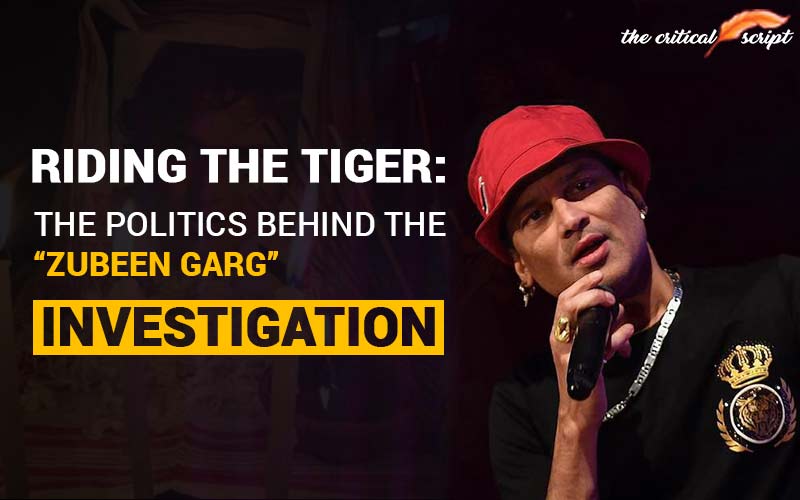
Riding the Tiger: The Politics Behind the “Zubeen Garg” Investigation
The death of a cultural icon, Zubeen
Garg, was not just the end of a man, but the beginning of a political theatre
that exposed the uneasy relationship between power, public emotion, and
justice.
What should have been a straightforward
investigation into a tragic accident soon turned into a carefully choreographed
display of political damage control. Within hours of the incident, the
government, facing a furious fan base and a digitally charged Assamese public,
announced the formation of a Special
Investigation Team (SIT).
At first glance, this seemed like a
gesture of accountability. But underneath, it carried a more strategic
calculation: to absorb public outrage,
not address it.
The Anatomy of Public Sentiment
With over 18 eyewitnesses had seen the
incident unfold live, a tragic accident, no doubt, compounded by organizational
negligence. But intent? None could establish it.
Still, in an emotionally charged
environment, facts often play second fiddle to feelings. For many fans, Zubeen’s death wasn’t an accident; it
was a betrayal. A breach of collective faith. The outpouring of grief quickly
transformed into demands for criminal culpability.
The Chief Minister, a political
heavyweight with an election on the horizon, saw the wave rising and instead of
calming it, decided to ride it.
The SIT as a Political Shield
An SIT, in theory, is a professional
mechanism to ensure impartiality. In practice, it can become a political
cushion - a means to buy time, manage headlines, and keep control of the
narrative.
The CM’s decision to constitute the SIT wasn’t
about truth. It was about optics. To show decisiveness without delivering
clarity. To channel the anger into a process, not a resolution.
But herein lies the paradox: when you
ride a tiger of public outrage, you cannot dismount without being devoured.
If the SIT concludes that the death was
accidental, as all evidence would likely suggest, the government risks
alienating millions of emotionally charged fans. Yet, if the SIT hints at
conspiracy, it sets in motion a chain of political and legal consequences that
could backfire spectacularly.
Either way, the CM is cornered by his own optics.
A Deliberate Prolonging of Truth
With elections looming, the politically
safest option is to delay. Stretch
the investigation. Introduce layers - first an SIT, then a Judicial Commission under a sitting judge of the Guwahati High
Court.
Each layer distances the truth by another
mile. Each delay dulls the immediacy of anger. By the time a conclusion emerges,
the emotional temperature would have cooled, and the narrative would have moved
on.
This is not justice - it is strategic amnesia.
The Tragedy Beyond the Tragedy
Chief Minister, by choosing performance
over principle, walks a tightrope between public empathy and political
survival. The more he appeases sentiment, the more he imprisons himself within
it.
In a culture where Zubeen symbolizes not
just art but identity, any failure to deliver “justice” becomes a moral wound.
The CM’s opponents will exploit it. His allies will whisper unease. And the
public, forever suspicious of political motives, will remember the dance of
delay more vividly than the death itself.
Ultimately, this crisis
illustrates a larger truth about Indian politics: we no longer seek justice as a process - we demand it as spectacle.
When the final report comes, whether
“accident” or “murder,” it will not end the debate. Because in the theatre of
politics, truth is rarely what is proven. It is what is believed.
And in the case of this tragedy,
belief has already chosen its villain.
Disclaimer: The opinions expressed in this article are those of the author's. They do not purport to reflect the opinions or views of The Critical Script or its editor.

Newsletter!!!
Subscribe to our weekly Newsletter and stay tuned.



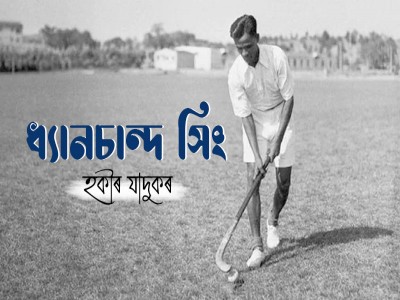
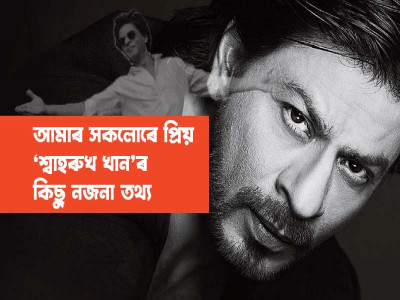
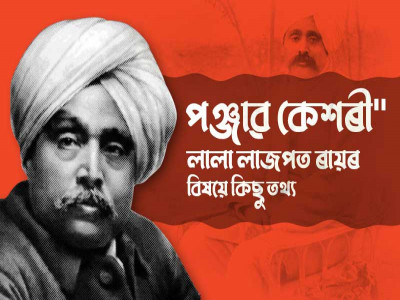


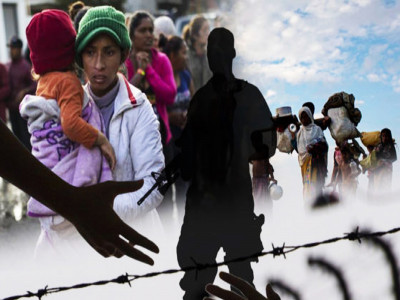








Related Comments